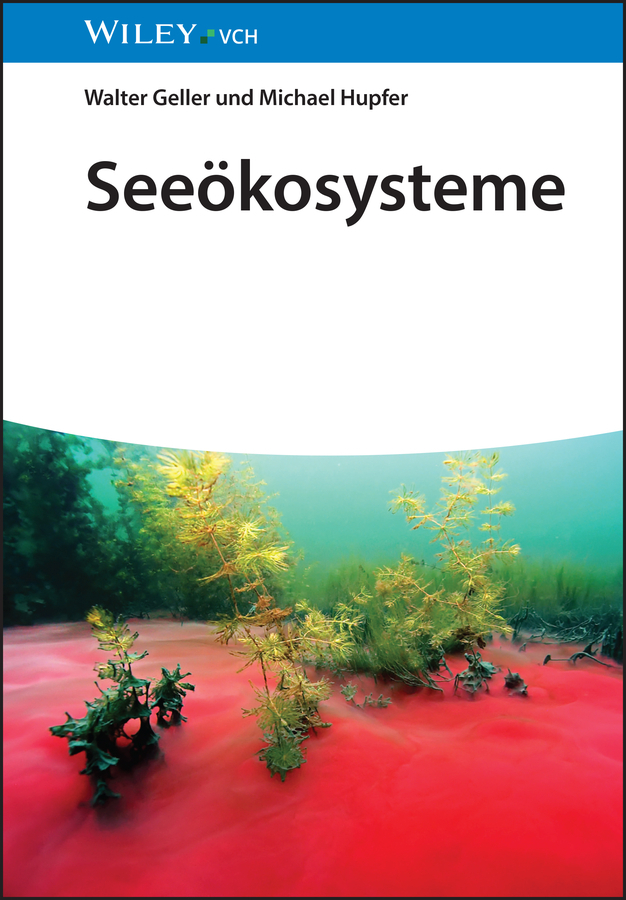Contaminants and Ecological Subsidies
The Land-Water Interface
This volume explores the effects of aquatic contaminants on ecological subsidies and food web exposure at the boundary of aquatic and terrestrial ecosystems. It provides the first synthesis of the findings and principles governing the "dark side" of contaminant effects on ecological subsidies. Furthermore, the volume provides extensive coverage of the tools being developed to help managers and researchers better understand the implications of contaminants movement and their effects on natural resources and ecosystem processes.
Aquatic and terrestrial ecosystems are linked through movements of energy and nutrients which subsidize recipient food webs. As a result, contaminants that concentrate in aquatic systems because of the effects of gravity on water and organic matter have the potential to impact both aquatic and terrestrial ecosystem processes. Within the last decade, increased attention has been paid to this phenomenon, particularly the effectsof aquatic contaminants on resource and contaminant export to terrestrial consumers, and the potential implications for management. This volume, curated and edited by three field leaders, incorporates empirical results, management applications and theoretical synthesis and is a key reference for academics, government researchers and consultants.
Chapter 2: Ecological Factors Controlling Insect-Mediated Methylmercury Flux from Aquatic to Terrestrial Ecosystems: Lessons Learned from Mesocosm and Pond Experiments
Chapter 3: Pathways of Contaminant Transport Across the Aquatic-Terrestrial Interface: Implications for Terrestrial Consumers, Ecosystems and Management
Part II: Exposure Drives Ecological Subsidies
Chapter 4: Agriculture and Mining Contamination Contribute to a Productivity Gradient Driving Cross-Ecosystem Associations between Stream Insects and Riparian Arachnids
Chapter 5: Cross-Ecosystem Linkages and Trace Metals at the Land-Water Interface
Chapter 6: Metamorphosis and the Impact of Contaminants on Ecological Subsidies
Part III: Other Global Stressors
Chapter 7: Variables Affecting Resource Subsidies from Streams and Rivers to Land and their Susceptibility to Global Change Stressors
Chapter 8: Beyond "Donors and Recipients": Impacts of Species Gains and Losses Reverberate among Ecosystems due to Changes in Resource Subsidies
Part IV: Management Applications and Tools
Chapter 9: Practical Considerations for the Incorporation of Insect-Mediated Contaminant Flux into Ecological Risk Assessments
Chapter 10: When Nutrients Become Contaminants in Aquatic Systems: Identifying Responses to Guide Terrestrial-Derived Detrital Endpoint Development for Managers
Chapter 11: Mesocosms to Evaluate Aquatic-Terrestrial Contaminant Linkages using Aquatic Insect Emergence: Utility for Aquatic Life Criteria Development
Chapter 12: Studying Effects of Contaminants on Aquatic-Terrestrial Subsidies: Experimental Designs using Outdoor and Indoor Mesocosms and Microcosms
Part V: Syntheses
Chapter 13: Ecological Networks as a Framework for Understanding andPredicting Contaminant Movement across the Land-Water Interface
Chapter: 14: Synthesis: A Framework for Predicting the Dark Side of Ecological Subsidies.
Aquatic and terrestrial ecosystems are linked through movements of energy and nutrients which subsidize recipient food webs. As a result, contaminants that concentrate in aquatic systems because of the effects of gravity on water and organic matter have the potential to impact both aquatic and terrestrial ecosystem processes. Within the last decade, increased attention has been paid to this phenomenon, particularly the effectsof aquatic contaminants on resource and contaminant export to terrestrial consumers, and the potential implications for management. This volume, curated and edited by three field leaders, incorporates empirical results, management applications and theoretical synthesis and is a key reference for academics, government researchers and consultants.
Chapter 1: Introduction: Ecological Subsidies as a Framework for Understanding Contaminant Fate, Exposure, and Effects at the Land-Water Interface
Part I: Ecological Subsidies Drive ExposureChapter 2: Ecological Factors Controlling Insect-Mediated Methylmercury Flux from Aquatic to Terrestrial Ecosystems: Lessons Learned from Mesocosm and Pond Experiments
Chapter 3: Pathways of Contaminant Transport Across the Aquatic-Terrestrial Interface: Implications for Terrestrial Consumers, Ecosystems and Management
Part II: Exposure Drives Ecological Subsidies
Chapter 4: Agriculture and Mining Contamination Contribute to a Productivity Gradient Driving Cross-Ecosystem Associations between Stream Insects and Riparian Arachnids
Chapter 5: Cross-Ecosystem Linkages and Trace Metals at the Land-Water Interface
Chapter 6: Metamorphosis and the Impact of Contaminants on Ecological Subsidies
Part III: Other Global Stressors
Chapter 7: Variables Affecting Resource Subsidies from Streams and Rivers to Land and their Susceptibility to Global Change Stressors
Chapter 8: Beyond "Donors and Recipients": Impacts of Species Gains and Losses Reverberate among Ecosystems due to Changes in Resource Subsidies
Part IV: Management Applications and Tools
Chapter 9: Practical Considerations for the Incorporation of Insect-Mediated Contaminant Flux into Ecological Risk Assessments
Chapter 10: When Nutrients Become Contaminants in Aquatic Systems: Identifying Responses to Guide Terrestrial-Derived Detrital Endpoint Development for Managers
Chapter 11: Mesocosms to Evaluate Aquatic-Terrestrial Contaminant Linkages using Aquatic Insect Emergence: Utility for Aquatic Life Criteria Development
Chapter 12: Studying Effects of Contaminants on Aquatic-Terrestrial Subsidies: Experimental Designs using Outdoor and Indoor Mesocosms and Microcosms
Part V: Syntheses
Chapter 13: Ecological Networks as a Framework for Understanding andPredicting Contaminant Movement across the Land-Water Interface
Chapter: 14: Synthesis: A Framework for Predicting the Dark Side of Ecological Subsidies.
Kraus, Johanna M.
Walters, David M.
Mills, Marc A.
| ISBN | 978-3-030-49479-7 |
|---|---|
| Artikelnummer | 9783030494797 |
| Medientyp | Buch |
| Copyrightjahr | 2020 |
| Verlag | Springer, Berlin |
| Umfang | XV, 383 Seiten |
| Abbildungen | XV, 383 p. |
| Sprache | Englisch |










